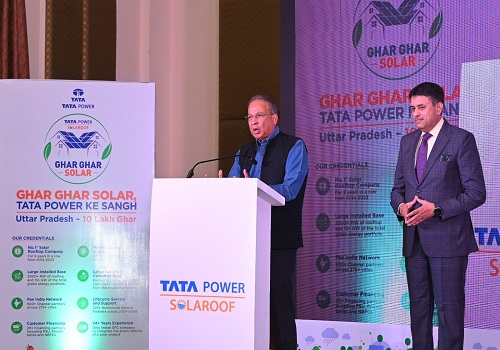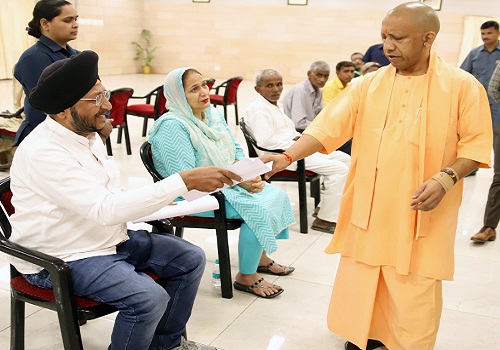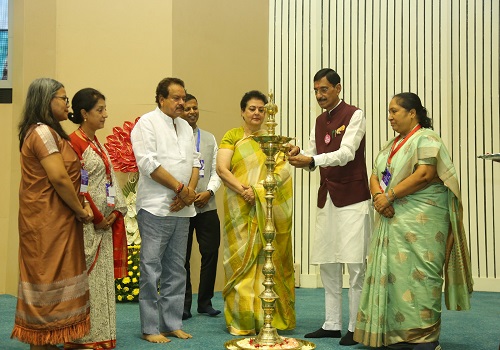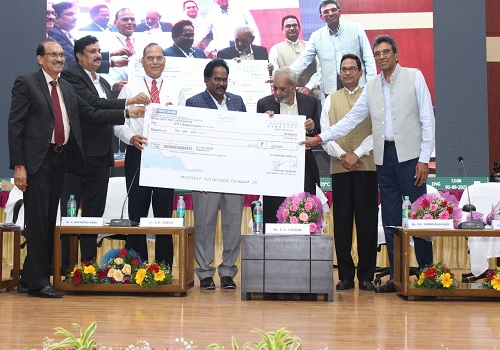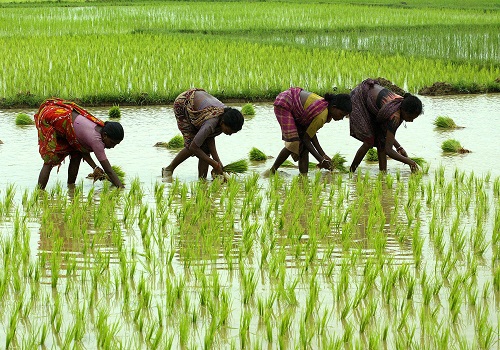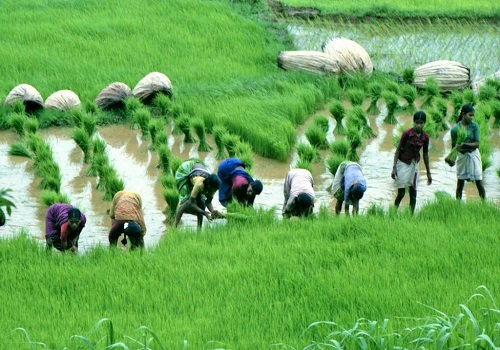Foodgrain production up 25%, oilseeds 42% in last six years: Government
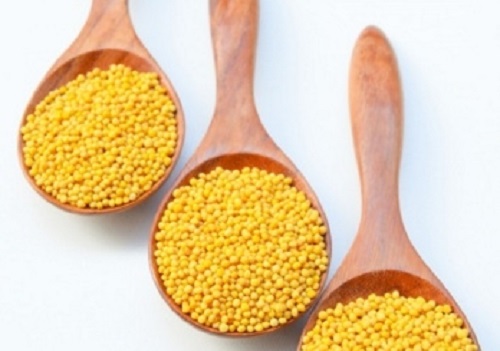
Follow us Now on Telegram ! Get daily 10 - 12 important updates on Business, Finance and Investment. Join our Telegram Channel
https://t.me/InvestmentGuruIndiacom
Download Telegram App before Joining the Channel
Over the last six years, foodgrain production in the country increased by 25 per cent, while oilseed production went up by 42 per cent, a top Agriculture Ministry official said on Tuesday.
Asserting that the country is maintaining an increasing trend in foodgrain production since 2015-16, Manoj Ahuja, Secretary, Agriculture and Farmers' Welfare, said, "The total foodgrain production increased by 25 per cent in the last six years from 251.54 million tonnes to 316.01 million tonnes. Oilseeds have followed the same trend and have shown a growth of 42 per cent from 25.25 million tonnes in 2015-16 to 37.15 million tonnes in 2021-22."
Ahuja was making a presentation at the national conference on Agriculture for Kharif Campaign 2022-23.
India's exports of agricultural products have grown by 19.92 per cent during 2021-22 to touch $50.21 billion (Rs 3,76,575 crore). The commodities such as wheat, other cereals, rice (other than Basmati), soya meal, raw cotton, fresh vegetable, and processed vegetables etc. have registered most positive growths, the presentation data showed.
"We have to accelerate the production and productivity of agriculture and horticulture sectors for ensuring food and nutritional security in the rural areas," Ahuja said.
Earlier, Union Agriculture Minister Narendra Singh Tomar announced that the Centre and states would work together to ensure pesticides and seeds availability to reduce input costs of farmers.
Tomar urged that there should be a strategy to replace urea with nano-urea.
He also declared that the government would continue to lay emphasis on natural and organic farming.
The objective of the conference was to review and assess the crop performance during the preceding crop seasons and fix crop-wise targets for the Kharif season in consultation with the state governments; ensure supply of critical inputs; and facilitate adoption of innovative technologies with a view to enhance production and productivity of crops.
The priority of the government is agro-ecological based crop planning for diversion of land from excess commodities like rice and wheat to deficit commodities like oilseeds and pulses and high value export earning crops, Tomar said, adding that the government is placing high priority on crop diversification with focus on self-sufficiency in oilseeds and pulses and promotion of oil palm.
"Consultations with all stakeholders have been held to finalise a national policy framework for crop diversification programme in the country," he said.




